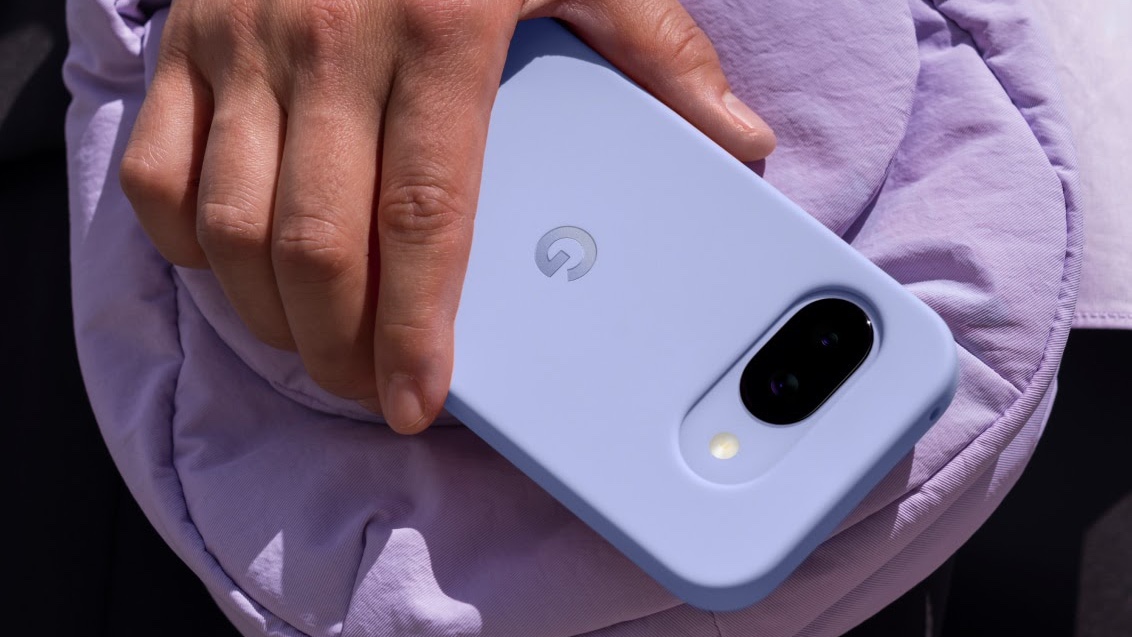Meta Orion glasses don't just blow away the Apple Vision Pro — they could put the iPhone on notice
A new computing platform non-nerds would actually wear
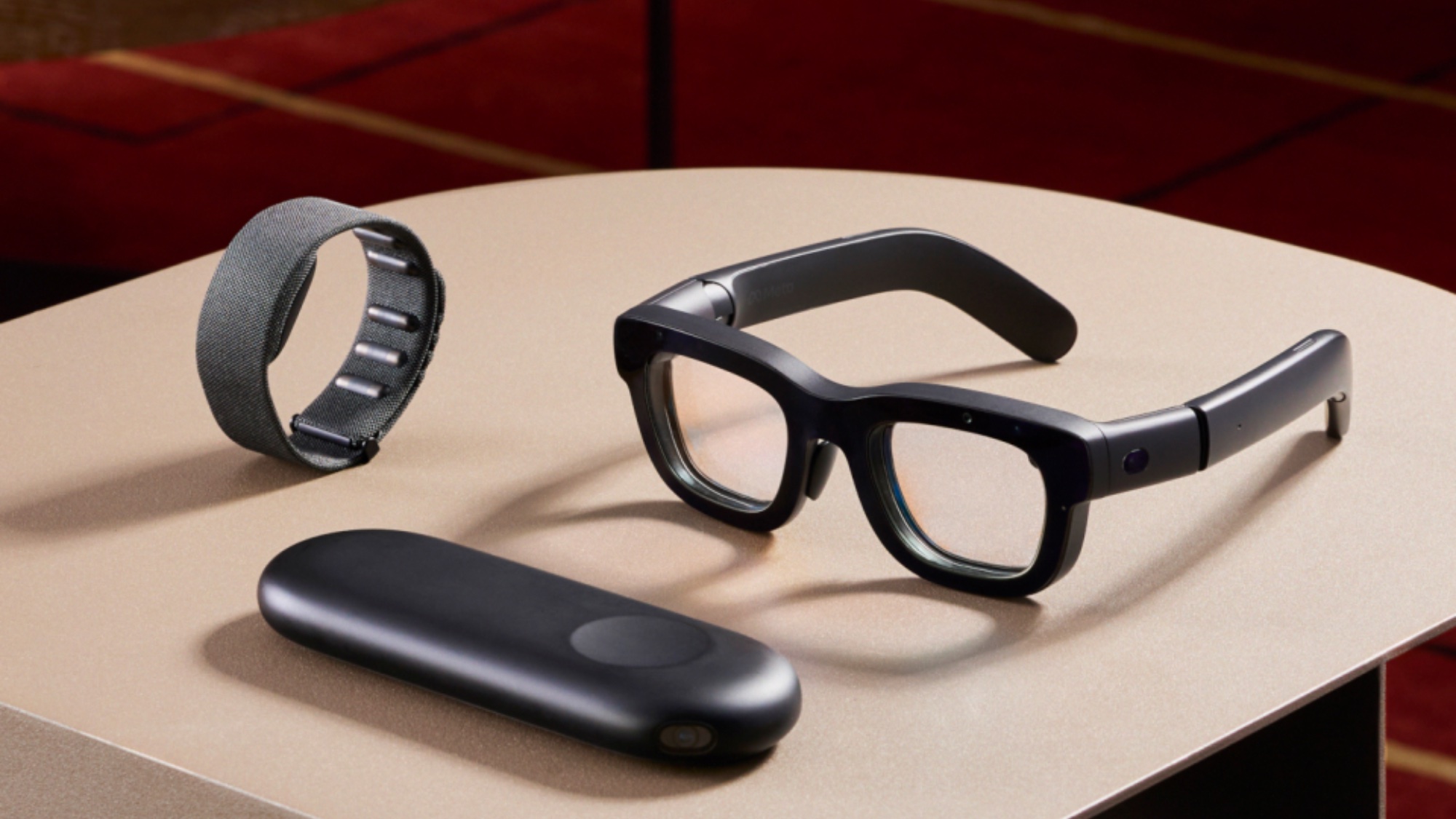
Somewhere Tim Cook just threw the Apple Vision Pro against a wall. All that time. All that energy. All that hype. And in one day, Mark Zuckerberg just made Apple's $3,500 headset look obsolete with the Meta Orion prototype AR glasses. Not that the Vision Pro was selling like hotcakes, but you get my drift.
To be clear, the Meta Orion is not a product you can buy. It's for internal testing at Meta and among select developers. But what the company showed off at Meta Connect and allowed select journalists to experience paints a very impressive vision for the next wave of computing. And that vision does not include a bulky headset.
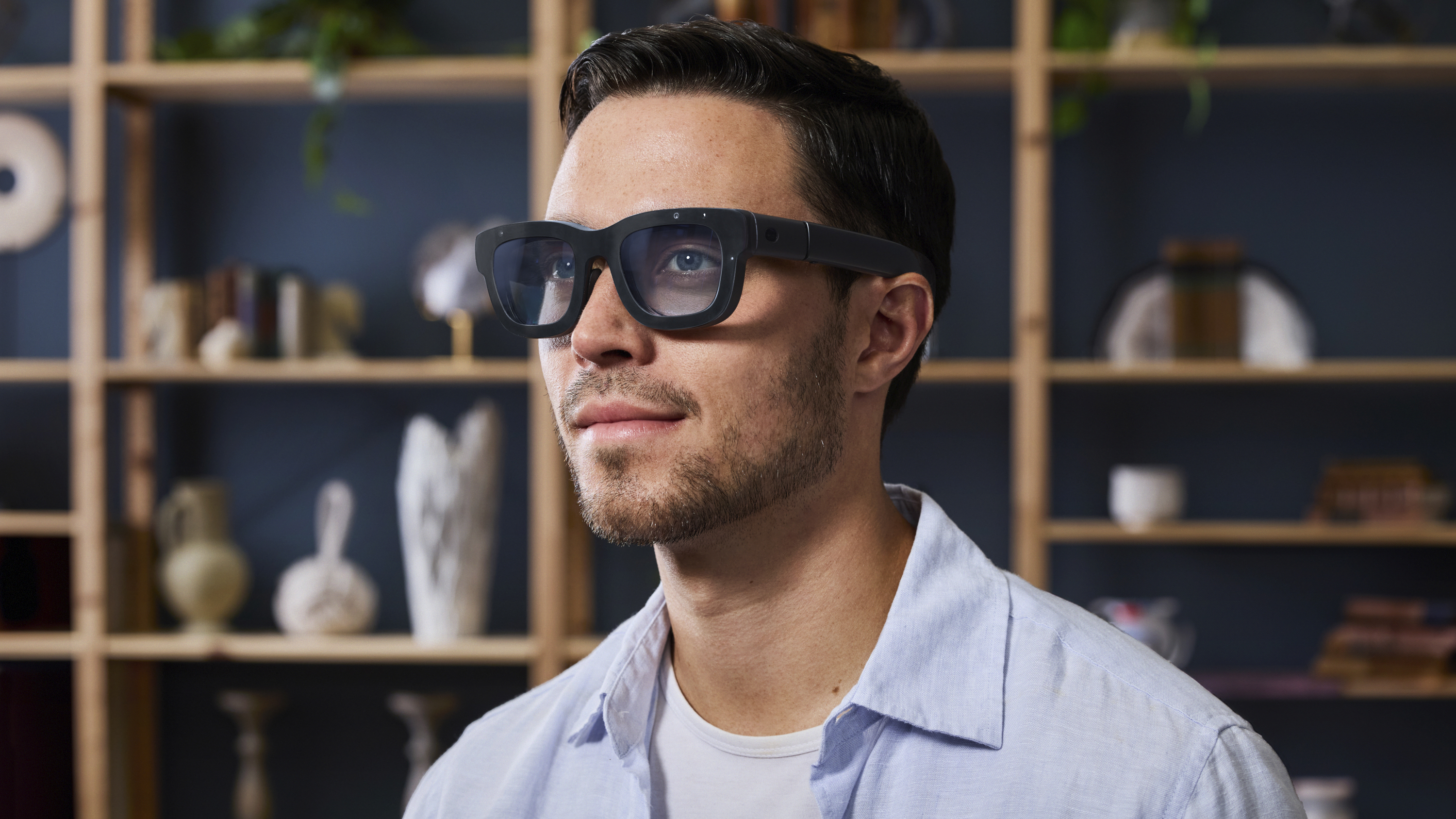
In case you didn't follow the announcement, the Meta Orion is billed as the "most advanced pair of AR glasses ever made." And Meta backs that up with all the tech that's packed inside (and outside) of these frames. There's the AR glasses themselves, a Fitbit-like wristband that's used to perform gestures via a neural interface and a puck that streams apps and graphics to the lenses.
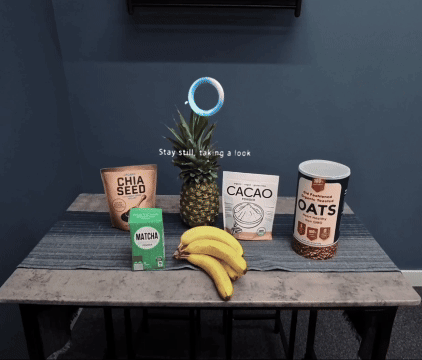
Unlike the Vision Pro, you don't get a pseudo-reality in front of you in the form of a video passthrough. You get the real world with holograms laid on top of it, beamed to your eyes using Micro LED projectors. And yet, you get a lot of the same benefits as the Vision Pro, such as the ability to pin 2D and 3D content in your environment. Plus, people can see your real eyes instead of a creepy replica of them.
Unlike the Vision Pro, you don't get a pseudo-reality in front of you in the form of video passthrough. You get the real world with holograms laid on top.
On top of this, Orion taps into Meta AI, which can sense the world around you. For example, you can look at several ingredients and ask "What kind of smoothie can I make with this?" The built-in AI assistant will come back with a recipe based on what it sees on the counter.
Meta demonstrated several other applications for the Orion, such as the ability to video call friends and family (you can see them and they would see your avatar), send and receive messages and play games. Think Pong but in real-world 3D.
So how did Meta pull this off in a design that's less than 100 grams on your face? As The Verge reports, the frames are made of super-light magnesium, and the lenses are made of silicon carbide instead of glass. This material isn't just durable and light but has a high index of refraction, which enables the projectors to fill up more of your vision. The 70-degree field of vision is significantly higher than the 46 degrees offered by the new Snap Spectacles.
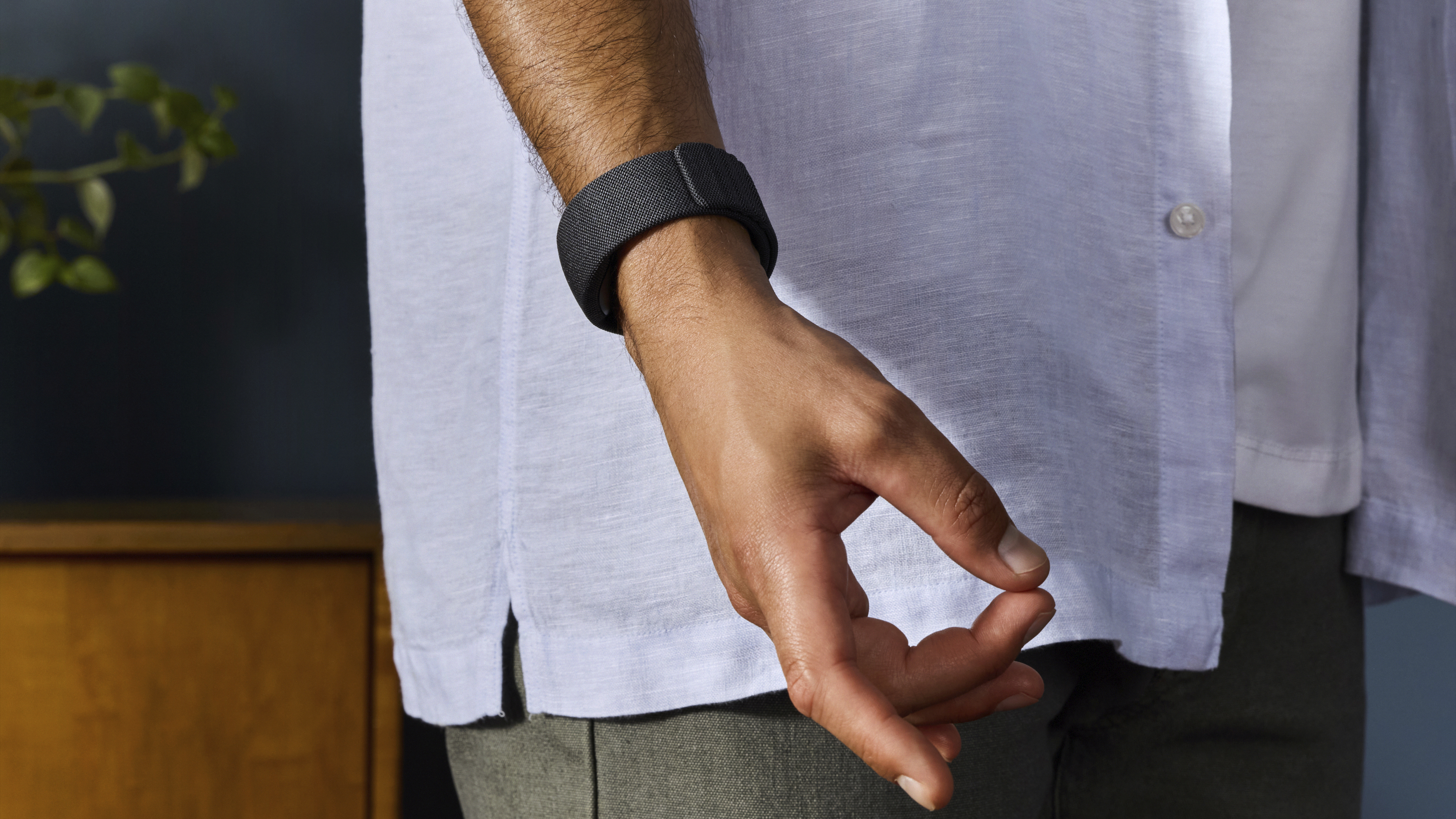
The wearable neural interface wristband looks particularly innovative, as it's able to interpret several gestures without having to rely on cameras. For example, you can tap your thumb and index finger together to select items, use your middle finger and thumb to go home and rub your finger on top of a closed fist to scroll up and down. And Zuckerberg says this interface will only get more intuitive and capable over time.
There are clearly some drawbacks at this stage. For one, you need two accessories to make Orion work, although they are wireless. And the resolution is not good enough to watch a movie right now. CNET says its 12 pixels per degree, compared to 25 for the Quest 3. Meta is working toward 26 pixels per degree. The battery life is pretty short, too, at just 2 hours.

For now Meta has made only about 1,000 Orion units that will be used for internal testing and for developers to kick the tires. But it's clear that the company has ambitions to release a similar product based on what it's developed with the Orion. And I don't think it's a coincidence that Zuckerberg mentioned "glowing rectangles" in a derisive manner during the presentation.
Think about it. As good as the iPhone 16 and iPhone 16 Pro are, the only true noteworthy innovations are a Camera Control button and the promise of Apple Intelligence. The overall message is that phones are on borrowed time and AR glasses like Orion are the future. So if Apple is working on Apple Glasses as had been rumored, I would be moving up that timetable right about now.
More from Tom's Guide
Sign up to get the BEST of Tom's Guide direct to your inbox.
Get instant access to breaking news, the hottest reviews, great deals and helpful tips.
Mark Spoonauer is the global editor in chief of Tom's Guide and has covered technology for over 20 years. In addition to overseeing the direction of Tom's Guide, Mark specializes in covering all things mobile, having reviewed dozens of smartphones and other gadgets. He has spoken at key industry events and appears regularly on TV to discuss the latest trends, including Cheddar, Fox Business and other outlets. Mark was previously editor in chief of Laptop Mag, and his work has appeared in Wired, Popular Science and Inc. Follow him on Twitter at @mspoonauer.
-
Chris T Williams ReplyThe battery life is pretty short, too, at just 2 hours.
This competition killer has a pretty big Achilles’ heel.

